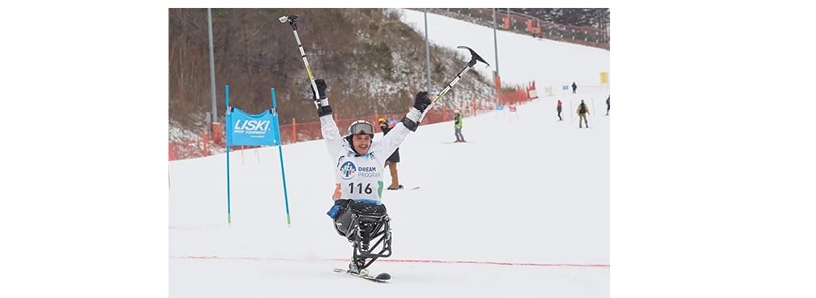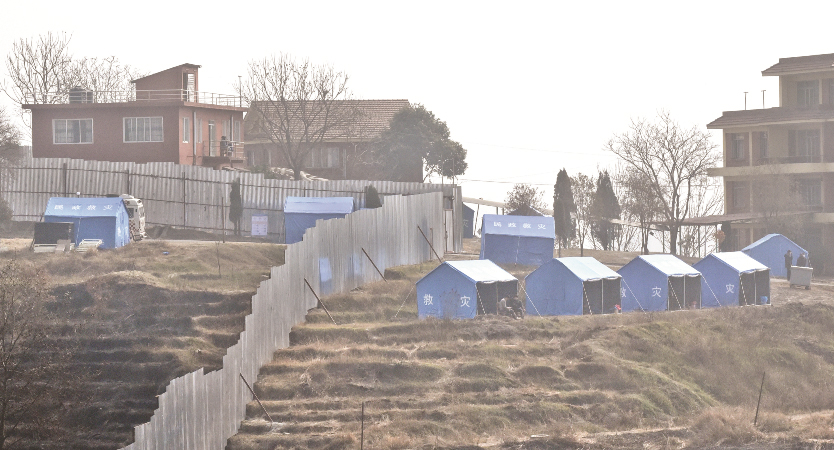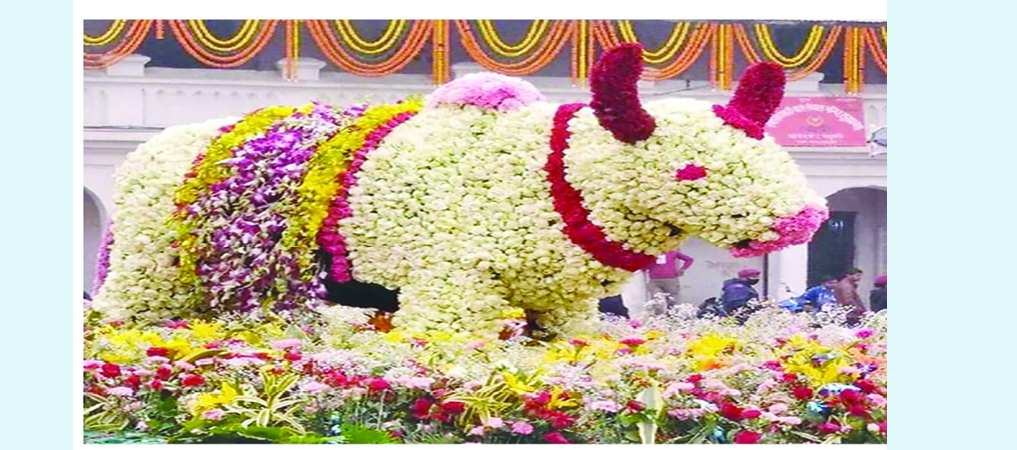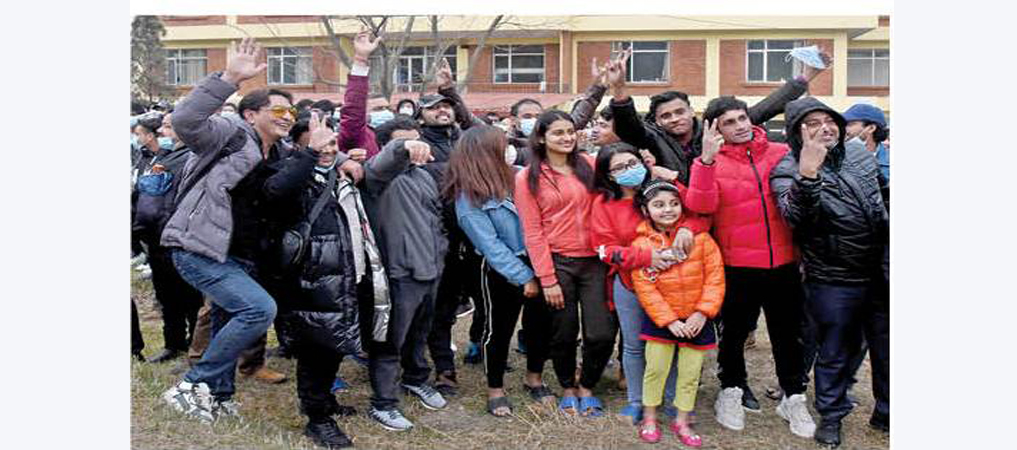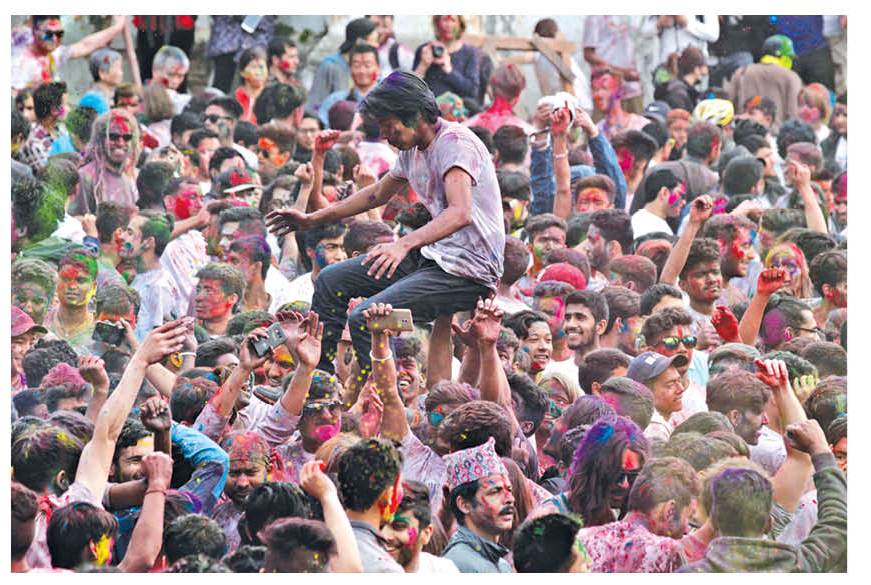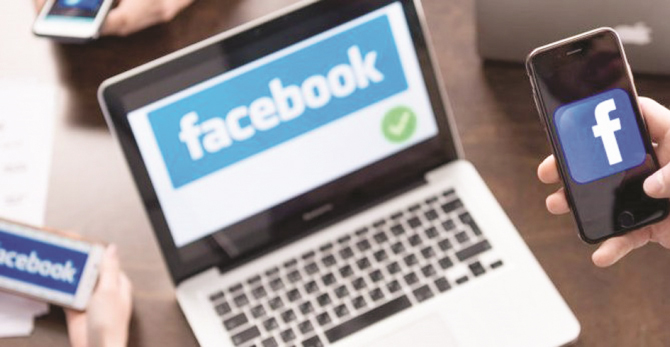Curio business in Basantapur becoming a hard bargain

By Sampada Anuranjanee Khatiwada
Kathmandu, Jan. 28: With the beginning of Visit Nepal Year (VNY) 2020, everyone involved in tourism business seems to be pumped up about the prospect of their business. Even though the entire tourism industry of Nepal has been observing VNY2020 with great enthusiasm, the situation of handicraft and curio sellers of Basantapur area isn’t the same.
Although regarded as the tourism-hub of Kathmandu city, vendors selling goods reflecting Nepali culture and tradition in Basantapur area claim that they haven’t experienced much growth in their business.
Goma Budhathoki of Ramechhap, who has been selling handicraft and other artistic merchandises in Basantapur for over 25 years said, “The VNY 2020 campaign has made no difference to our business.”
“I barely sell goods worth Rs. 4000-5000 per day,” she said. “There are days when we do not sell any of the items at all.”
Budhathoki said that the curio business in Basantapur was dying.
“The shops are laid in the premises of Basantapur Durbar Square with the permission of Sinha Swan Khala Club,” said Budhathoki. “Previously, there were 108 shops but 18 of them have been closed due to the downfall in handicraft business.”
Rajesh Lama, another handicraft vendor in the area, said, “As Basantapur is listed in UNESCO’s World Heritage Site, we expect more tourists in the area.”
“In the past we used to earn Rs. 25,000 to Rs. 30,000 a day. Our business has now tumbled down to Rs. 5000 per day,” Lama said.
Lama said that mismanagement of the area and increase in entry-fee for tourists, delay in reconstruction of cultural heritages after the Gorkha earthquake in 2015 were the major reasons behind the decline in handicraft business in the area. “The entry fee for tourists in Basantapur is Rs. 1,000. I don’t think anyone would pay the amount to sight-see the temples and durbars that have been damaged in the earthquake,” he added.
“The tourist guidebooks and tourism blogs recommend the tourists coming to Nepal to bargain as much as they can while buying stuffs from street vendors like us,” said Lama. “This has affected our business badly.”
As Nepal is known for its exquisite handicraft like artistic silver and metal wares, stone cravings, wood works and cravings, everyone should focus on increasing market for Nepali handicrafts, rather than discouraging vendors operating from road sides, he added.
Majority of Indian and Chinese tourists are seen in Basantapur area, said Binod Karki, another curio seller from Lagan Chowk. “As our culture and tradition is similar to both, Indian and Chinese tradition, the stuffs that we sell aren’t new to them,” Karki said. Both, Lama and Karki appealed to all three tiers of the government and other stakeholders to speed up the pace of reconstruction of Basantapur Durbar Square.
“The reconstruction should be completed as soon as possible. Also, the concerned authorities should focus on cleanliness and management of Basantapur area,” they said. Facilities equivalent to the entry-fee charged should be provided to the tourists in order to promote curio business, Karki said.
There are at least 90 curio shops selling artistic wooden and metal souvenirs, accessories and other goods in the premises of Basantapur Durbar Square.
Recent News

Do not make expressions casting dout on election: EC
14 Apr, 2022
CM Bhatta says may New Year 2079 BS inspire positive thinking
14 Apr, 2022
Three new cases, 44 recoveries in 24 hours
14 Apr, 2022
689 climbers of 84 teams so far acquire permits for climbing various peaks this spring season
14 Apr, 2022
How the rising cost of living crisis is impacting Nepal
14 Apr, 2022
US military confirms an interstellar meteor collided with Earth
14 Apr, 2022
Valneva Covid vaccine approved for use in UK
14 Apr, 2022
Chair Prachanda highlights need of unity among Maoist, Communist forces
14 Apr, 2022
Ranbir Kapoor and Alia Bhatt: Bollywood toasts star couple on wedding
14 Apr, 2022
President Bhandari confers decorations (Photo Feature)
14 Apr, 2022





